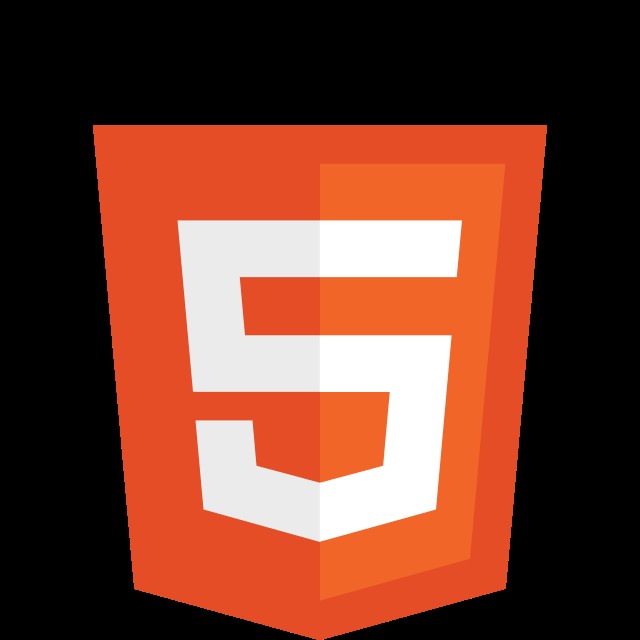Choosing your first programming language can be overwhelming. With hundreds of options, where do you even begin? This guide ranks common programming languages from easiest to hardest, examining their uses, pros, and cons to help you kickstart your coding journey.
Easiest Programming Languages: A Ranked List
Generally, languages with simpler syntax and readily available libraries are considered easier to learn. Here’s a breakdown of some popular choices:
1. HTML: Your Webpage Foundation
HTML (HyperText Markup Language) is technically a markup language, not a programming language. However, it’s fundamental for web development and a great starting point. HTML structures the content and layout of web pages, defining elements like text, images, and links.
Why HTML is Easy:
- Simple syntax with easy-to-understand tags.
- Immediate visual results in a web browser.
- Abundant online resources and tutorials.
2. JavaScript: Bringing Web Pages to Life
JavaScript adds interactivity and dynamic behavior to websites. It’s essential for front-end development and increasingly used for back-end development with Node.js.
Why JavaScript is Easy:
- Runs directly in web browsers, providing instant feedback.
- Vast online community and extensive learning resources.
- Versatile language used in various web development contexts.
3. Python: The Versatile Beginner’s Friend
Python is a general-purpose language known for its readability and extensive libraries. Its clear syntax makes it ideal for beginners, and its versatility allows for applications in various fields like web development, data science, and machine learning.
Why Python is Easy:
- English-like syntax that’s easy to read and understand.
- Large standard library with pre-built functions for common tasks.
- Active community providing ample support and resources.
4. Ruby: Elegant and Beginner-Friendly
Ruby is a dynamic, object-oriented language focused on simplicity and productivity. It’s often used for web development with the Ruby on Rails framework.
Why Ruby is Easy:
- Concise and expressive syntax that minimizes code clutter.
- Active community and readily available learning materials.
- Focus on developer happiness and ease of use.
5. Java: Object-Oriented Powerhouse
Java is a widely used language known for its platform independence and object-oriented programming (OOP) principles. While slightly more complex than the previous languages, it remains accessible to beginners.
Why Java is Relatively Easy:
- English-like syntax and well-defined structure.
- Extensive documentation and a large online community.
- “Write Once, Run Anywhere” capability simplifies development.
More Challenging Languages
Languages like C++, Assembly Language, Prolog, Haskell, and Malbolge present steeper learning curves due to complex syntax, low-level operations, or unique programming paradigms. These are generally not recommended for beginners.
Choosing the Right Language for You
Consider these factors when selecting a programming language:
- Your Goals: What do you want to achieve with programming?
- Use Case: Which language is best suited for your desired projects (web development, data science, etc.)?
- Learning Resources: Are there ample tutorials, documentation, and community support available?
Conclusion
Starting your coding journey with an easier language builds confidence and provides a solid foundation. HTML, JavaScript, Python, Ruby, and Java are excellent starting points. Remember, the best language for you depends on your individual goals and learning style. Choose wisely, and enjoy the process of learning to code!
